If you own a home with a well, then you know that the water pressure can be unpredictable and hard to control. You may find yourself struggling to adjust the water pressure in your system throughout the year, which can add an extra layer of frustration just when it’s time to take that much-needed hot shower! But never fear: adjusting the water pressure on your well is not as difficult or daunting as it may seem.
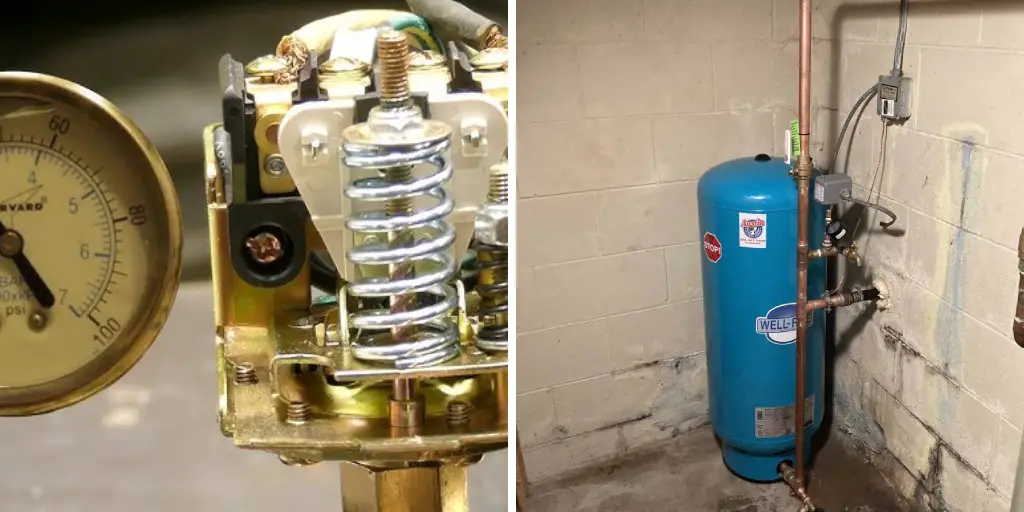
In this blog post, we’ll take you step by step through how to adjust water pressure on a well so that you no longer have to worry about those frustrating fluctuations in your house’s plumbing system. We’ll also discuss some common causes of low or high water pressure, as well as provide some tips on how to maintain consistent water pressure in the long run. So let’s get started!
Supplies You Will Need to Adjust Water Pressure on a Well
- Pressure gauge
- Screwdriver
- Wrench
- Safety goggles
- Protective gloves
Step-by-step Guidelines on How to Adjust Water Pressure on a Well
Step 1: Check the Pressure Gauge
The first step to adjusting water pressure on a well is to locate your pressure gauge, which is typically attached to your well pump or pressure tank. The gauge will display two numbers: one for PSI (pounds per square inch) and one for GPM (gallons per minute). Checking the pressure gauge will give you a baseline reading of your current water pressure.
Step 2: Determine Your Ideal Water Pressure
The ideal water pressure for most homes is between 40-60 PSI. Anything below or above this range can cause issues with your plumbing system and may need to be adjusted. It’s important to note that different appliances in your home may require different levels of water pressure, so it’s best to consult your owner’s manual for specific recommendations.
Step 3: Adjust the Pressure Regulator
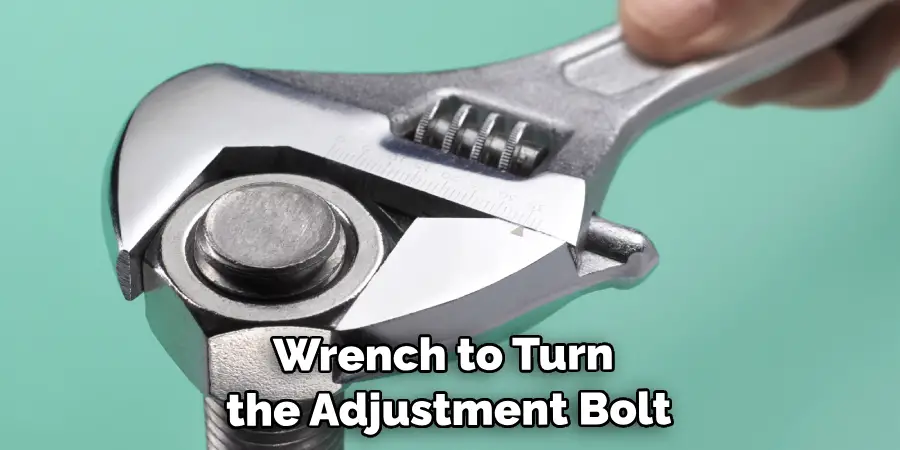
Located near the main water pipe, the pressure regulator controls and maintains the water pressure in your plumbing system. Use a screwdriver or wrench to turn the adjustment bolt clockwise to increase the pressure or counterclockwise to decrease the pressure. Make small adjustments at a time and check the pressure gauge after each adjustment until you reach your desired PSI level.
Step 4: Check for Leaks
After making adjustments to the pressure regulator, it’s important to check for any leaks in your plumbing system. Look for visible signs of water leakage or listen for hissing sounds near pipes or fixtures. If you spot a leak, tighten the fittings with a wrench or call a professional for further assistance.
Step 5: Monitor and Adjust as Needed
Water pressure can vary throughout the day due to factors such as peak usage times and changes in weather conditions. Make sure to regularly monitor your water pressure gauge and make adjustments as needed to maintain consistent water pressure. Make note of any significant changes and address them promptly to prevent further issues.
Following these simple steps can help you properly adjust the water pressure on your well and ensure a smooth functioning plumbing system in your home. However, if you continue to experience issues with low or high water pressure, it’s best to consult a professional plumber for further assistance.
Additional Tips and Tricks to Adjust Water Pressure on a Well
1. If adjusting the pressure switch does not solve the issue, you may need to check for any leaks in your system. Leaks can cause a drop in water pressure and should be fixed immediately.
2. Sometimes, mineral deposits or sediment buildup can also cause low water pressure. In this case, you may need to clean out your pipes and other components of your well system.
3. It is important to regularly maintain your well system to prevent any major issues with water pressure. This includes checking for leaks, cleaning out pipes and components, and conducting routine checks on the pressure switch.
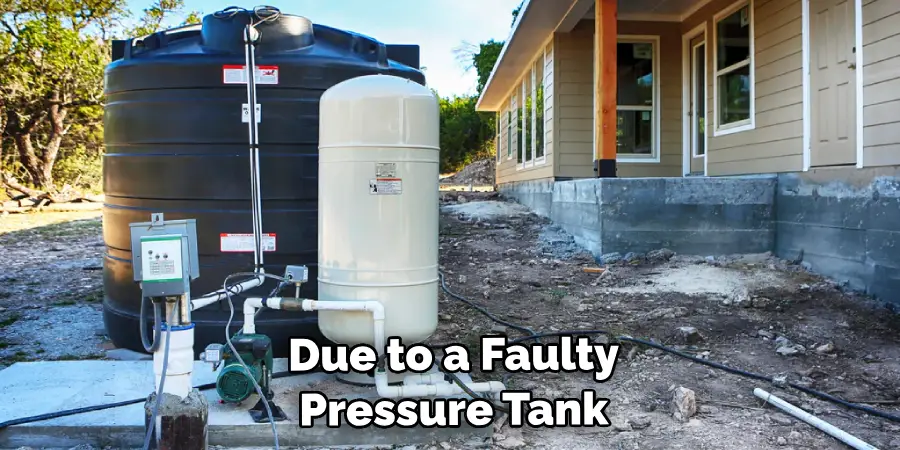
4. If you are experiencing sudden drops in water pressure, it could be due to a faulty pressure tank or a clogged filter. These should be checked and replaced if necessary.
5. Consider installing a water pressure gauge to monitor the pressure in your well system. This can help you quickly identify any issues and make adjustments as needed.
6. If you have recently had any changes or upgrades made to your well system, it is important to check and adjust the pressure switch accordingly.
7. It is recommended to consult a professional if you are unsure about adjusting the water pressure on your well system. They can provide you with expert advice and ensure that the adjustments are done safely and correctly.
8. Remember to always follow safety precautions when working with your well system, including shutting off the power before making any adjustments or repairs.
9. Regularly check and clean the screens on your faucets and showerheads to prevent any buildup that could affect water pressure.
10. If you have multiple bathrooms or appliances using water at the same time, consider staggering their usage to avoid a drop in water pressure.
Following these tips can help you maintain a consistent and appropriate water pressure in your well system, ensuring a steady supply of water for all your needs. Remember to always prioritize safety and consult a professional if needed. Happy adjusting!
Precautions Need to Be Followed for Adjusting Water Pressure on a Well
1. Before adjusting the water pressure on a well, it’s important to make sure you have the necessary knowledge and experience. If you are not familiar with how wells work or feel uncomfortable making changes, consider hiring a professional to help.
2. It is crucial to shut off the electrical power supply to your well pump before making any adjustments. This will minimize the risk of electric shock and other accidents.
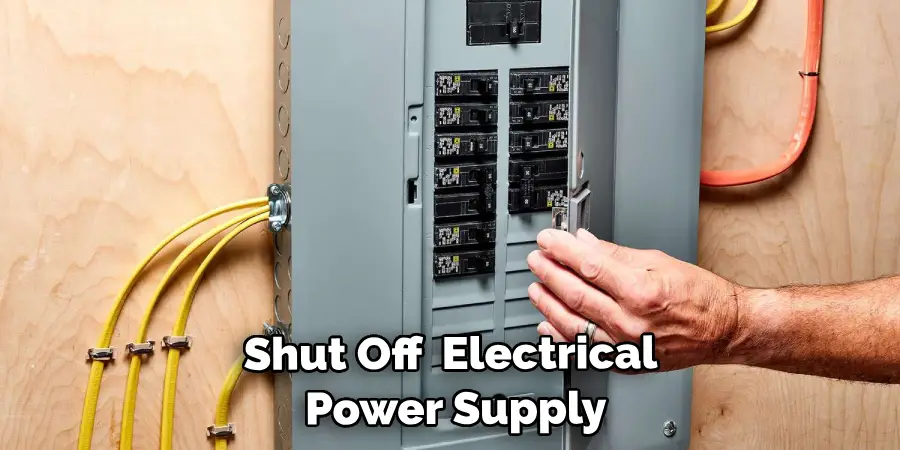
3. Wear protective gear such as gloves and safety glasses while working on your well. This will help protect you from potential hazards.
4. It’s important to use the correct tools when making adjustments to your well’s water pressure. Using improper tools can lead to damage or malfunction.
5. Familiarize yourself with the layout of your well system before attempting to adjust the water pressure. This will help you better understand how to make changes without causing any damage.
6. Regularly check for leaks and other potential issues with your well system before and after making adjustments.
7. Never attempt to adjust the water pressure on a well that is damaged or malfunctioning. This could worsen the problem and potentially be dangerous.
8. Don’t make drastic changes to the water pressure in your well. Small adjustments are always recommended and should be made gradually.
Following these precautions can help ensure a safe and successful water pressure adjustment on your well. If you encounter any problems or are unsure about making adjustments, consult a professional for assistance. Remember to always prioritize your safety and the proper functioning of your well system.
Frequently Asked Questions
How Does Well Water Pressure Work?
Well water pressure is determined by the depth at which your well pump is located. The deeper the well pump is, the higher the water pressure will be. This is because deeper wells have more weight from the surrounding earth pushing down on them, which creates more force and higher pressure within the well system.
What Causes Low Water Pressure in a Well?
Low water pressure in a well can be caused by various factors such as a clogged or damaged well screen, a faulty pressure tank, a failing well pump, or an inadequate water supply. It’s important to troubleshoot the issue and determine the root cause before attempting to make any adjustments.
How Can I Adjust Water Pressure on My Well?
Adjusting water pressure on a well usually involves adjusting the pressure switch or replacing it if necessary. This can be done by following the manufacturer’s instructions and making small adjustments until the desired water pressure is reached. It’s important to proceed with caution and make gradual changes to avoid damaging the well system.
Can I Adjust the Water Pressure on My Well Without Professional Help?
While it’s possible to adjust the water pressure on your well without professional help, it’s recommended to seek assistance from a licensed well contractor. They have the expertise and experience to properly assess and make adjustments to your well system, ensuring it operates efficiently and effectively.
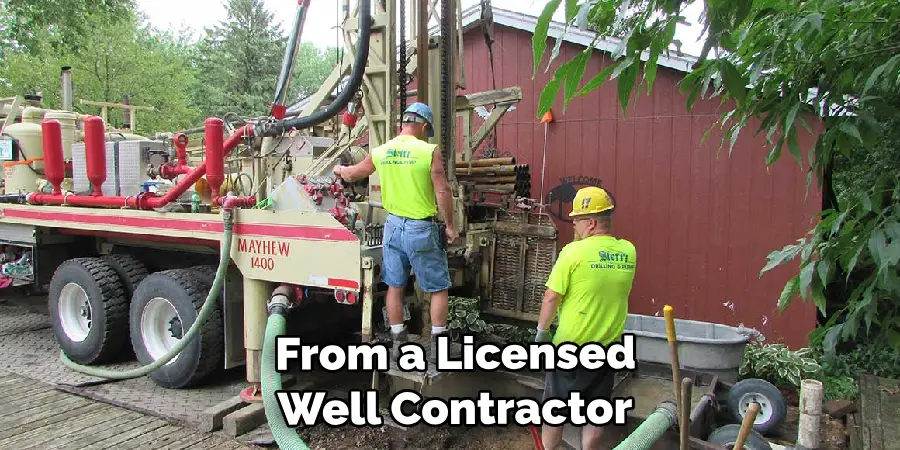
What is the Ideal Water Pressure for a Well?
The ideal water pressure for a well is typically between 40 and 60 psi (pounds per square inch). This range ensures adequate water flow for daily use without causing strain on the well system. It’s important to periodically check your water pressure and make adjustments as needed to maintain optimal performance.
Conclusion
Now you know how to adjust water pressure on a well and some common questions related to this topic. It’s important to regularly monitor and maintain your well system to ensure it operates properly and provides a steady supply of water. If you encounter any issues with low or high water pressure, don’t hesitate to seek professional help for proper troubleshooting and adjustments. With the right knowledge and assistance, you can keep your well system working efficiently for years to come. So, be sure to stay informed and take care of your well system for a reliable source of clean water!

